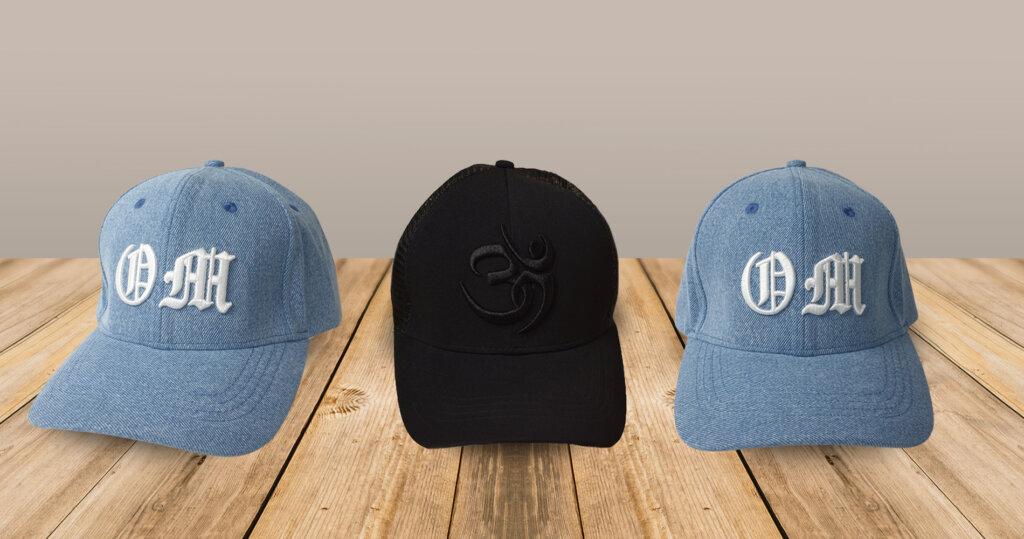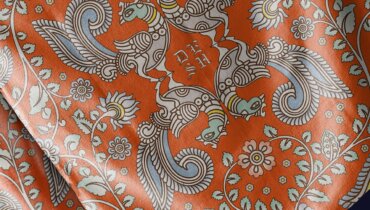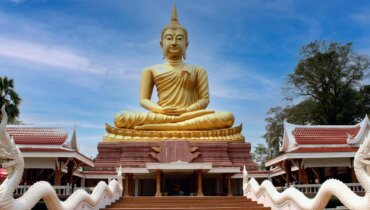Om. One of the most widely known symbols in the world. You might recognize it as the thing you say in a yoga class. But do you know why people use it? The reasons may surprise you.

Om as a Symbol
Om as a Syllable
The most common way to write om is what is known as Devanagari ligature, though there are slight variations throughout South Asia. There are two curves that look like the number three with an elongated curve protruding from the center. Above that, you will find a dot with a crescent shape underneath it. Each stroke of the syllable has its own meaning.
The dot symbolizes enlightenment.
The crescent shape represents maya. Maya is an illusion that binds a soul to the material world. However, as it is an illusion, we are told that maya is the reason we will struggle to reach full enlightenment.
The smaller top curve is our state of deep sleep or unconsciousness.
The larger bottom curve is our waking state or consciousness,
And the curve coming out of the middle is our dream state. It straddles the line between our conscious and unconscious minds.
What’s in a Name?
Om goes by many names. These are four of the most well-known ones.
The first alternate name given to om was Udgitha meaning “song” or “chant”. It was found in the Samaveda in reference to the syllable.
It is also known as Aksara. It means “imperishable”, “immutable”, “letter of the alphabet”, and “syllable”.
The third name is Onkara or Omkara. Literally translated, this means “om-maker”. It references God’s act of creation.
The last name is Pranava meaning “fore-sound”. This is because om is the primordial sound of the universe.
Why Om?
Om is used at the beginning and end of all Hindu prayers, chants, and meditations. We chant om because it puts us in direct communication with the Divine. We can establish a link between ourselves and the divine knowledge or enlightenment we seek access to.
When we intentionally chant om in meditation, we can help relieve some of our anxieties and stress.
Fun Facts
Om has been found on sculptures and ancient coins scattered through South Asia.
There have been studies done that analyze people while they meditate using Om. They have found that after a while, the mental repetition of the chant led to relaxation.
It is believed that the universe was called into existence with Om. Now, people use the symbol to mark an auspicious beginning to any endeavor.
Om is often associated with Lord Ganesha. If you look closely, you can see the subtle resemblance between the symbol and the elephant-headed Hindu god.
When used at the end of a prayer or meditation, Om takes on a similar meaning to a Christian “amen”.
Om was popularized in Western counterculture in the 1960s.
The next time you embark on something new, try chanting om. Check out Maatir’s collection of Om-inspired products like baseball caps, colorful fridge magnets, and tote bags. Let it be a visual reminder to invite more good things into your life.




